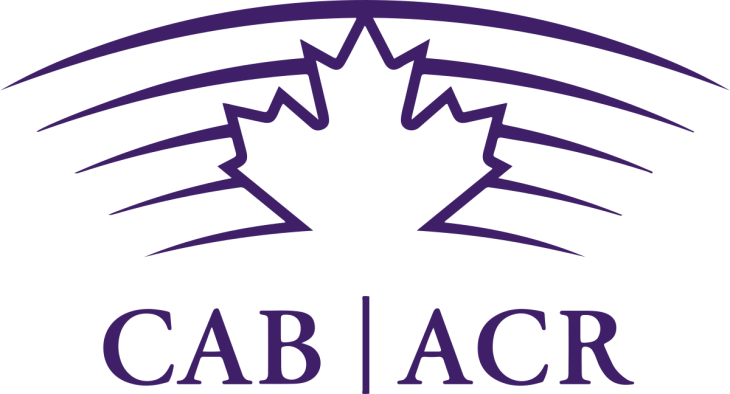
By Ahmad Hathout
The CRTC conditionally approved Friday a plan of the Canadian Association of Broadcasters (CAB) to administer a new temporary fund for the production of radio news in smaller markets.
The commission told the CAB – which pitched the plan at the request of the CRTC to fill a void in that space – that the Commercial Radio News Fund (CRNF) must be operational by August 31. The target markets for the fund are those outside of Montréal, Toronto, Vancouver, Calgary, Edmonton, and Ottawa-Gatineau.
To qualify, the CRTC has set the definition of news as outlined in a 2022 policy: “The recounting and reporting of local, regional, national and international events of the day or recent days, with particular emphasis on the topicality of the events or situations selected, or on the constant updating of information, or both as well as background material about current events when included in newscasts but excluding weather, traffic and sports and entertainment reports.”
Friday’s decision — the result of a consultation launched in November which had its ground laid in the base contribution decision — refines elements of the CAB proposal. The CRTC is, for example, imposing an annual 12 per cent cap on funding that can be drawn from the CRNF by any single ownership group nationally. The organization originally pitched that threshold but in single markets and with the caveat that 12 per cent might be too high, so it deferred to the commission.
“This would capture the ownership groups with the largest shares of radio revenues outside of the designated markets, while providing room for most ownership groups to increase their current spending on news,” the CRTC said. “Further, this limit would act as a preventative measure should significant ownership group consolidation occur in the future, thereby helping to ensure that funding remains available to smaller radio stations and groups.”
The focus on ownership groups and not both groups and individual stations is different than the CAB-administered Independent Local News Fund (ILNF). The regulator said this is because radio industry ownership is more fragmented and spread across many markets.
“The Commission finds that an approach that applies to an ownership group (which may include one or more licensees) would account for changes in market dynamics and presence in a market(s) following transfers of ownership of radio stations,” it said.
The regulator is also requiring the CAB to open the governance of the fund to more than just members of the organization, including contributors to the fund, journalists and independent parties. It is also requiring the CAB establish stakeholder engagements, such as semi-annual meetings, involving recipients, contributors and interested parties.
The CAB must also file an annual report with the commission that includes the total funding amount received from all online undertakings, including individual ones; the amount of funding distributed; the organization’s admin fee; a summary of any meeting held on disputes; and a summary of the aforementioned stakeholder engagements.
The regulator is setting a five-year review period for the new fund, up from the three years it proposed because that would “provide sufficient time to measure the impact of the fund.”
“The CAB is pleased that the commission has approved almost all elements of our plan to administer the Commercial Radio News Fund,” CAB President Kevin Desjardins said in a statement. “We believe strongly that the CRNF will help to support vital local news provided by Canada’s commercial radio sector in the coming years.
“The CAB looks forward to addressing the outstanding questions raised by the commission, and is confident that we can work constructively with relevant stakeholders to reflect the high level of fairness and transparency with which the association has always administered funds.”



